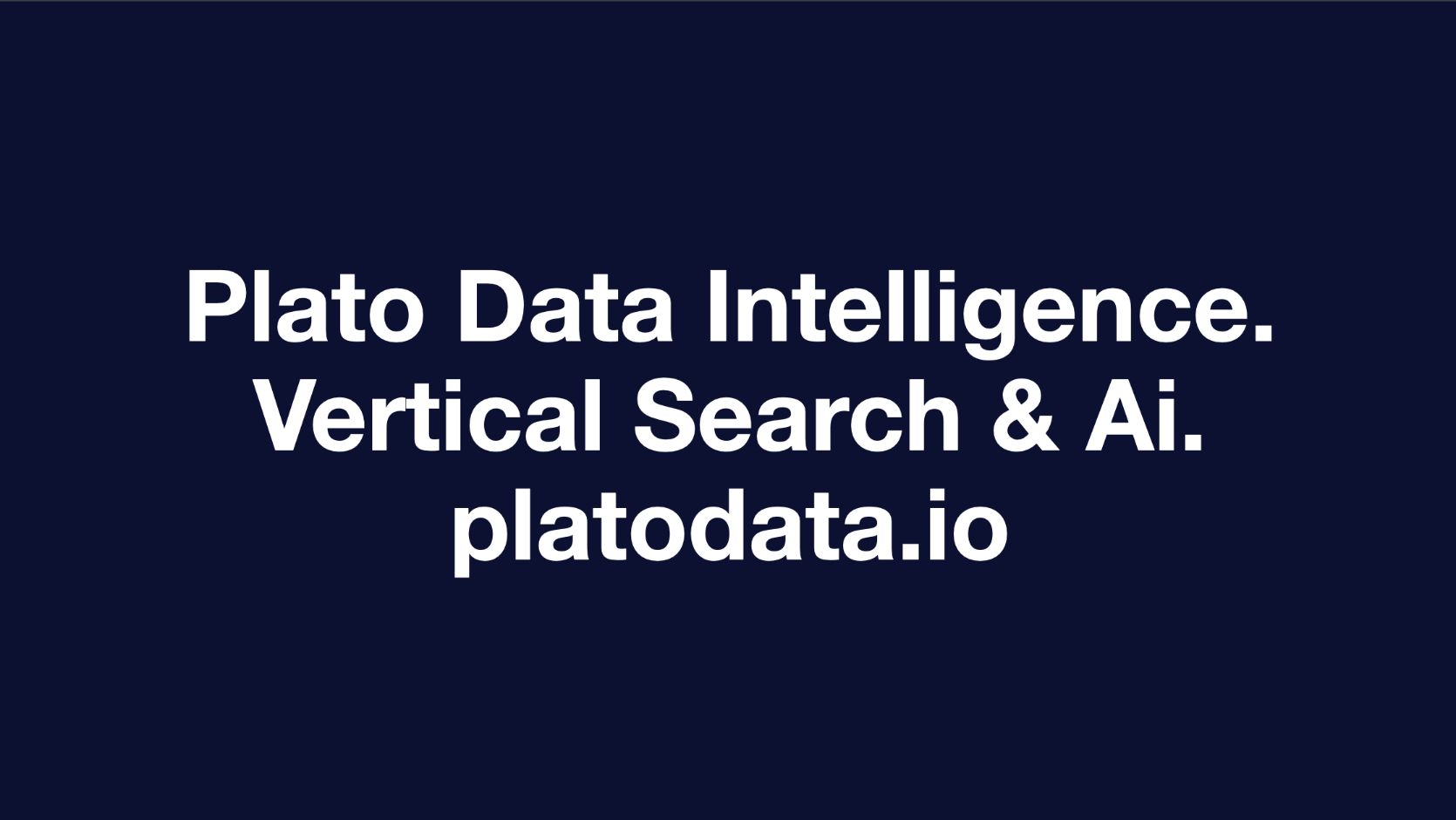Clustering is a powerful tool for data analysis and machine learning. It is used to group similar data points together, and can be used for a variety of tasks such as segmentation, classification, and anomaly detection. One popular clustering algorithm is DBSCAN (Density-Based Spatial Clustering of Applications with Noise), which is a density-based clustering algorithm that can be used to identify clusters of data points in a dataset.
DBSCAN works by first calculating the density of data points in a given area. It then identifies clusters of data points that are densely packed together, and marks them as “core points”. It then looks for other data points that are close to the core points and marks them as “border points”. Finally, it marks any remaining data points as “noise points”.
The advantage of using DBSCAN is that it is able to identify clusters of different shapes and sizes, which makes it more suitable for datasets with complex structures. Additionally, it does not require the user to specify the number of clusters beforehand, which makes it more flexible than other clustering algorithms.
Implementing DBSCAN with Scikit-Learn in Python is relatively straightforward. Scikit-Learn is a popular Python library for machine learning, and it provides an implementation of DBSCAN in its cluster module. To use it, you need to first import the cluster module from Scikit-Learn:
from sklearn import cluster
Then you need to create an instance of the DBSCAN class, and pass in the parameters for the algorithm. The parameters include the minimum number of points required to form a cluster (min_samples), the maximum distance between two points in a cluster (eps), and the metric used to calculate the distance between two points (metric). For example:
dbscan = cluster.DBSCAN(min_samples=3, eps=0.5, metric=’euclidean’)
Once you have created an instance of the DBSCAN class, you can then fit it to your dataset:
dbscan.fit(X)
Where X is your dataset. After fitting the model, you can then use it to predict the clusters of your data points:
labels = dbscan.labels_
The labels array will contain the cluster labels for each data point in your dataset. You can then use these labels to analyze your data further.
In summary, DBSCAN is a powerful clustering algorithm that can be used to identify clusters of different shapes and sizes in a dataset. Implementing it with Scikit-Learn in Python is relatively straightforward, and can be done with just a few lines of code. With this knowledge, you can now use DBSCAN to analyze your own datasets and gain valuable insights from them.
- SEO Powered Content & PR Distribution. Get Amplified Today.
- Platoblockchain. Web3 Metaverse Intelligence. Knowledge Amplified. Access Here.
- Source: Plato Data Intelligence: PlatoAiStream
- a
- able
- Additionally
- ADvantage
- after
- aiwire
- algorithm
- algorithms
- an
- analysis
- Analyze
- and
- anomaly detection
- applications
- ARE
- AREA
- array
- AS
- BE
- beforehand
- between
- by
- calculate
- calculating
- CAN
- class
- classification
- Close
- cluster
- clustering
- Clusters
- code
- complex
- contain
- Core
- create
- created
- data
- data analysis
- data points
- dataset
- Datasets
- densely
- density
- Detection
- different
- distance
- Does
- done
- each
- example
- few
- Finally
- First
- fit
- fitting
- Flexible
- For
- for example
- form
- from
- further
- gain
- given
- Group
- Have
- identifies
- identify
- implementation
- implementing
- Import
- in
- include
- insights
- instance
- Is
- IT
- ITS
- just
- knowledge
- Labels
- learning
- Library
- Lines
- LOOKS
- machine
- machine learning
- Makes
- maximum
- metric
- minimum
- model
- module
- more
- Need
- Noise
- Now
- number
- of
- ONE
- Other
- Own
- packed
- parameters
- pass
- plato
- plato aiwire
- Plato Data Intelligence
- PlatoData
- point
- points
- Popular
- powerful
- powerful tool
- predict
- provides
- Python
- Python library
- relatively
- remaining
- require
- required
- Segmentation
- shapes
- similar
- sizes
- Spatial
- specify
- straightforward
- structures
- Such
- suitable
- Summary
- tasks
- Than
- that
- The
- Them
- then
- These
- to
- together
- tool
- two
- use
- Used
- User
- using
- valuable
- variety
- Web3
- will
- with
- works
- X
- You
- Your
- Zephyrnet

